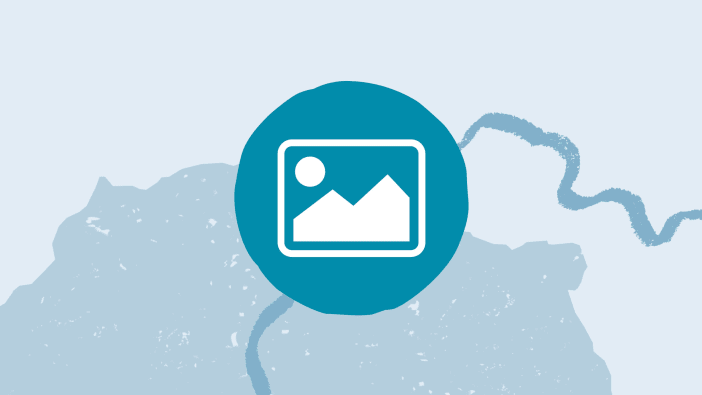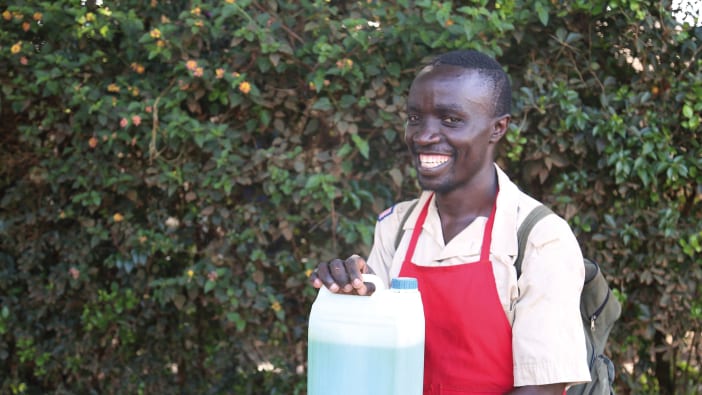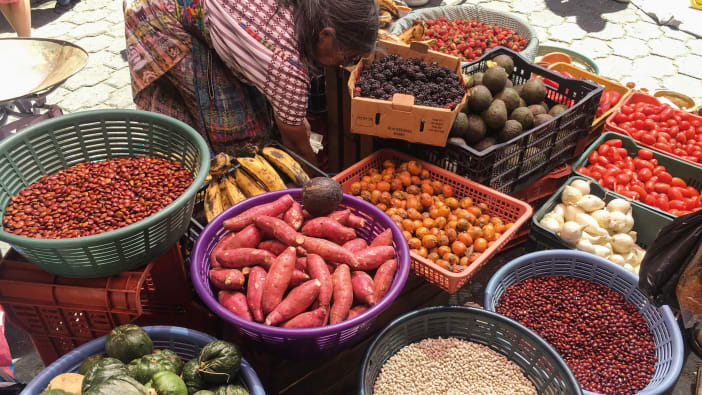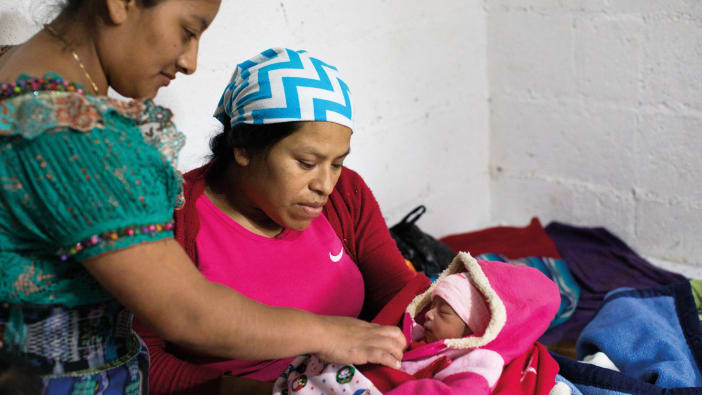by Dr D C Warhurst.
In countries where malaria is very common, many adults may carry the infection without any symptoms, but infants and pregnant women are much more likely to become ill with malaria. Drugs are mainly used to control the illness. However, they can also be used to prevent it for certain high-risk groups such as pregnant women, sickle cell anaemia sufferers and visitors who have no natural immunity.
Each country needs an agreed antimalarial drug policy which takes into account the distribution of malarial mosquitoes and drug resistance. Health services also need to consider the risks and benefits of different drugs, their cost and how easy they are to obtain and prescribe.
For many patients, malaria is diagnosed whenever other likely causes of fever or illness have been excluded. This approach is appropriate where inexpensive and safe drugs such as chloroquine are effective and patients are monitored for other possible causes of fever. However, if more expensive and potentially more toxic drugs are needed, then anti-malarial treatment should be limited to ‘true’ malaria attacks only (those confirmed by blood slide examination).
Treatment of malaria
In uncomplicated malaria attacks there will be fever and chills. Such cases usually respond well to treatment with chloroquine as a first line drug. However, new strains of malaria mean that treatment with chloroquine may not always be effective. Also, when patients delay seeking treatment (often due to health fees) this allows the parasite to multiply so that one course of treatment may not be sufficient.
If chloroquine fails to clear the infection, a second line drug – sulfadoxine or pyrimethamine – can be used. In countries where there is known resistance to chloroquine, prescribing this first may place lives at risk. In these areas sulfadoxine and pyrimethamine should be used first. Alternatively, amodiaquine may also be used as a first line drug in chloroquine-resistant areas.
Mefloquine is a relatively new drug which is effective in treatment but resistance to this is already growing in South East Asia.
Quinine, a natural product, is another alternative in Africa. This can be given by mouth, intravenous infusion or intramuscular injection. If resistance to quinine develops, then the usual five-day course needs to be followed up with tetracycline or sulfadoxine and pyrimethamine.
Artemisinin is another natural product, from the wormwood, Artemisia annua, which is increasingly used as a first line drug if resistance to other drugs is developing. It can be used as a suppository (Artesunate) for emergency treatment of children, as it seems to have a rapid effect and few side effects.
Research in Gambia has revealed that chloroquine resistance is likely in about 20% of cases treated. At this level its use as a first line drug is still recommended.
New drugs
Each new drug should only be used where there is known resistance to other drug combinations. Atovaquone is based on a natural product. It is usually combined with Paludrine as Malarone. Another combination drug is Coartemether, again naturally based and fast acting in severe attacks, though it cannot be injected. No resistance has yet been observed to either of these.
New research hopes to identify how resistance to various drugs develops.
Dr David Warhurst works at the London School of Hygiene and Tropical Medicine, Keppel Street, London, WC1E 7HT, UK.









